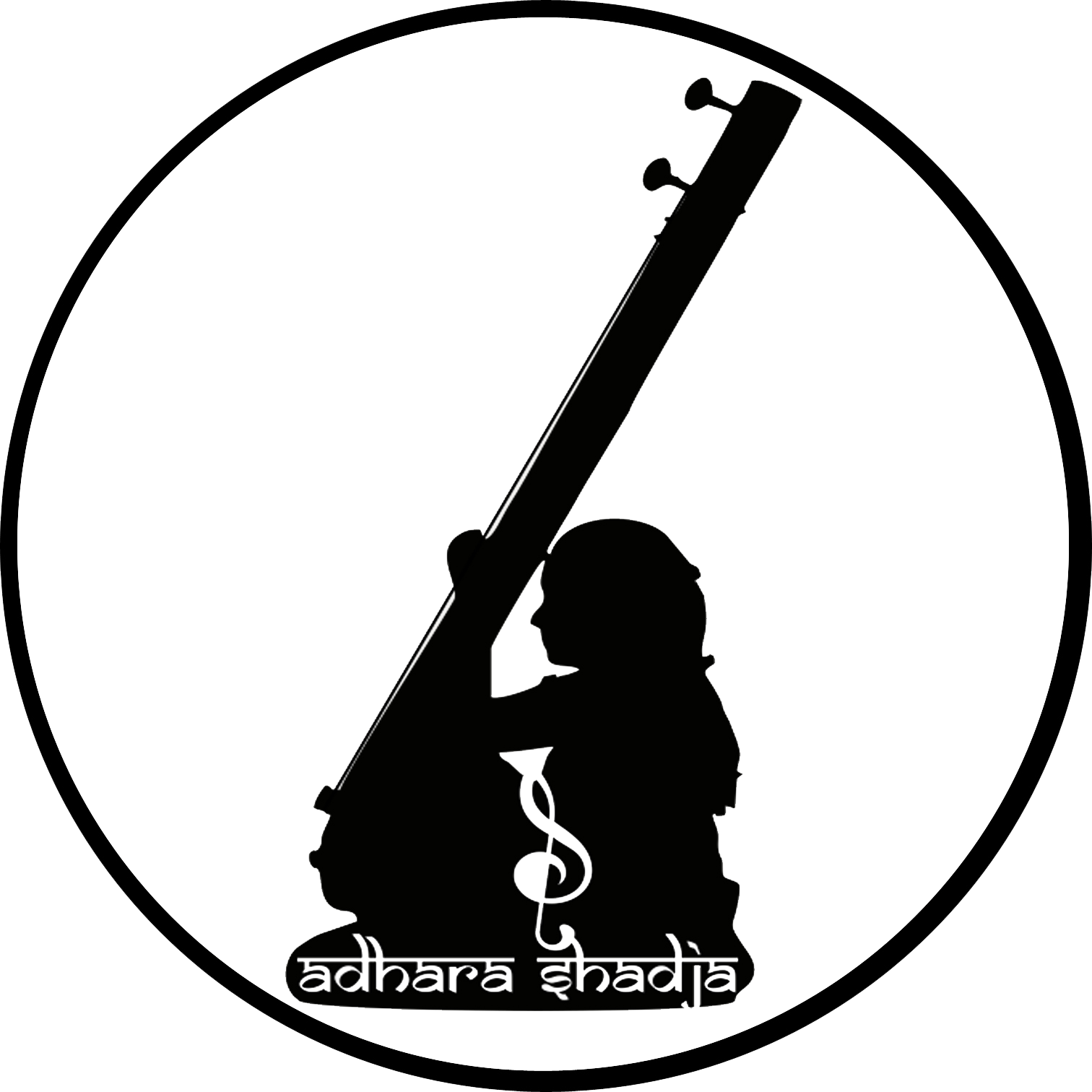Gradually through the centuries music evolved and it was realised that music effected our moods . Thus the Raagas were classified Into different groups depending on the time of the day.
These Raagas also were classified based on seasons of the year.
Here in this article I would like to write a little about how the Raagas are assigned their timing during the day .
In Hindustani classical music, this system of singing or playing a Raaga at a particular time of the day has been a norm. The classification of time at which each Raaga is performed is based on the many technicalities of the Raaga.
1. The Vaadi swar and samvaadi swar are one of the deciding factor of the timing of raaga. Vaadi swar is considered the Most important swar in the melody of the Raaga, samvaadi is the second most important swar. While singing a Raaga these swaras will be constantly used or often used in the musical phrases . Then again a Raaga or the melodic scale is divided into two parts …The first half called the Poorvaang and second half is called Uttarang . If the Vaadi swar is placed in the Uttarang , samvaadi should be on the Poorvaang and vice versa. Similarly,
The time of the day , ie, 24 hours of the day have also been divided to two parts. The first half is early hours afternoon 12 to midnight 12.. The second part being midnight12 to afternoon 12 . It’s a 24 hours cycle.
Thus if the Vaadi swar falls in the Poorvaang part of the Raaga , it is sung between 12 o’clock in the afternoon and 12 o’clock midnight. And if the Vaadi swar is on the second half of the saptak the timing is between 12 o’clock midnight and 12 o’clock afternoon.
2. The Madhyam is also considered to be an important swar in deciding the timings of the Raagas.
All Raagas which are sung or performed in between mid afternoon and mid night have Teevra Madhyam and Raagas performed after that have Shudh Madhyam. We notice a very smooth transition between the Raagas moving from one time zone to the other.
The Raagas sung between 12 noon and 12 o’clock midnight are:
1.Shudh Sarang, Gaud Sarang, Brindawani Sarang, Bhimpalasi, Multani, Poorvi, Shree, Marwa, Yaman , Hamir , Shudhkalyan, Bihag, bageshree, Shankara, Malkauns, Darbari Kanada ..Etc
The Raagas to be sung mostly between 12 o’clock midnight to morning 12 o’clock are::
Raag: Adana, Sohni, Bhatiyar, Bhairav, Lalit , Todi, Ahir Bhairav, Bilaskhani Todi, Ramkali, Ahlaiya bilawal, deshkar, Bhopali, Jaunpuri, etc.
In the above Raagas we will notice that starting in the afternoon and as time progresses, Teevra Madhyam present in the Raaga gradually transits and changes to Shudh Madhyam, towards midnight.
There are exceptions to the above classification, like Raag Basant , Lalit etc where both Madhyams are used. Thus we do notice change in the mood and expression of the Raagas.
The broad Classification of Raagas based on seasons: :
The six seasons:
Basant: The spring season is welcomed to the tune of Raaga. Basant, Raag Kafi too is sung during this season. All Raagas belonging to the Kaafi that can be sung anytime during this season.
Grishma: The summer months of Jyeshta and Ashada . During this season Raag Deepak is sung.
Varsha: The rainy season, two months of shravan and Bhadrapada,. The melodies of this season are Raag Megh, and all Malhars, like Mia la Malhar .
Sharad : The autumn season during months of Ashwini and Kartik , mostly Raag Bhairav is sung.
Hemant: Early winter season is welcomed by the subtle notes of Raagshree. The months of Marghasir and Paush fall under Hemant Rithu
Shishir: The deep winter season is experienced b these note in Raag Malkauns.


Good article
Knowledgeable
Thanks to the author
LikeLiked by 1 person
thank you so much ..
LikeLike
It’s really so informative . Share more so we keep learning gaining knowledge.
Thank you ma’am
LikeLiked by 1 person
thanks a lot Maa’m. Yes I would keep writing.
LikeLike
Very nice
LikeLiked by 1 person
thank you
LikeLike
Very good article. I know about 6 seasons ragas and poorvang and uttrang pradhan ragas.
LikeLiked by 1 person
Thank you so much
LikeLike
Neat compilation of info. Could you also please add a few voice snippets showing those raag transitions as they move from Poorvang to Uttarang?
LikeLiked by 1 person
thanks a lot. sure will try to add voice clips too.
LikeLike
Gud information..
LikeLiked by 1 person
thank you
LikeLike